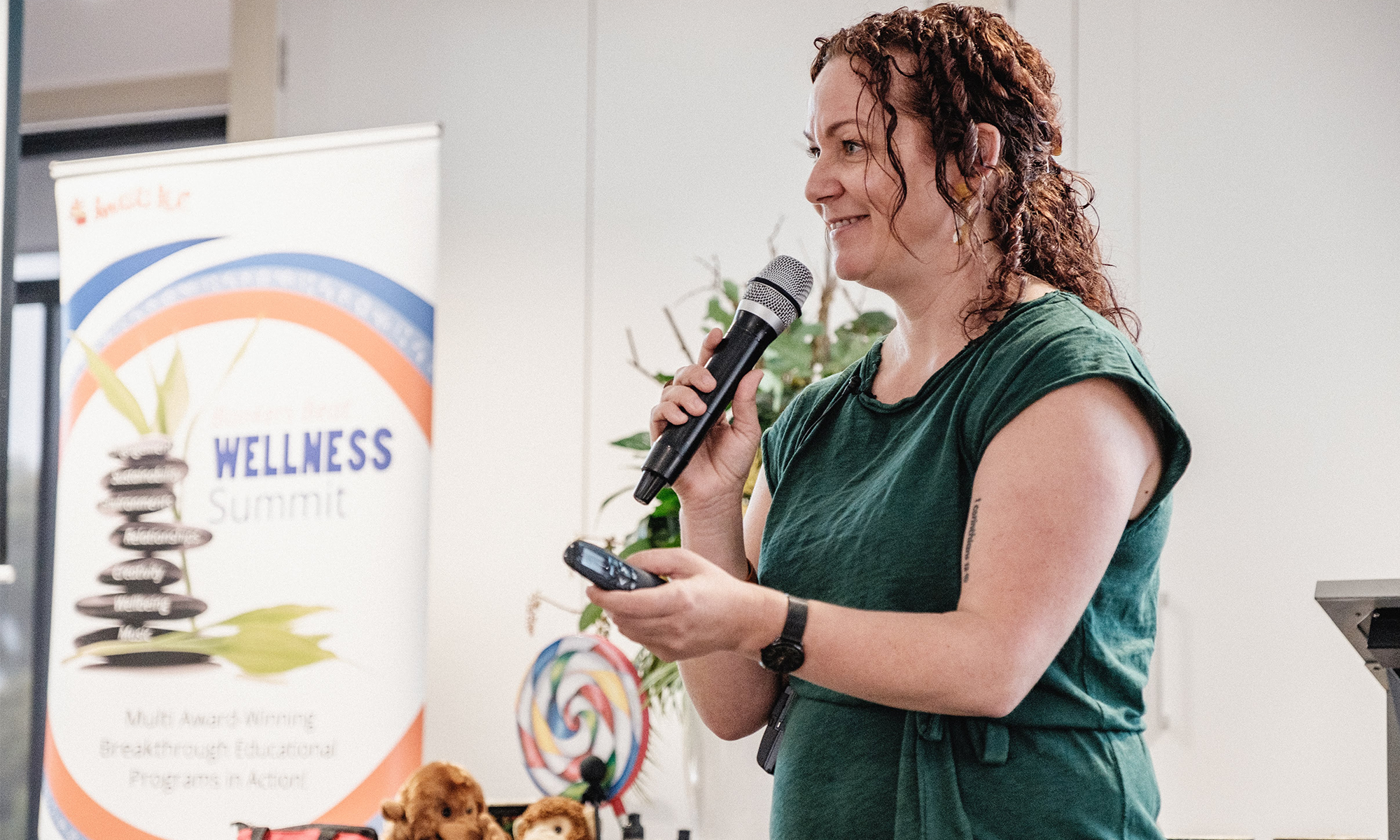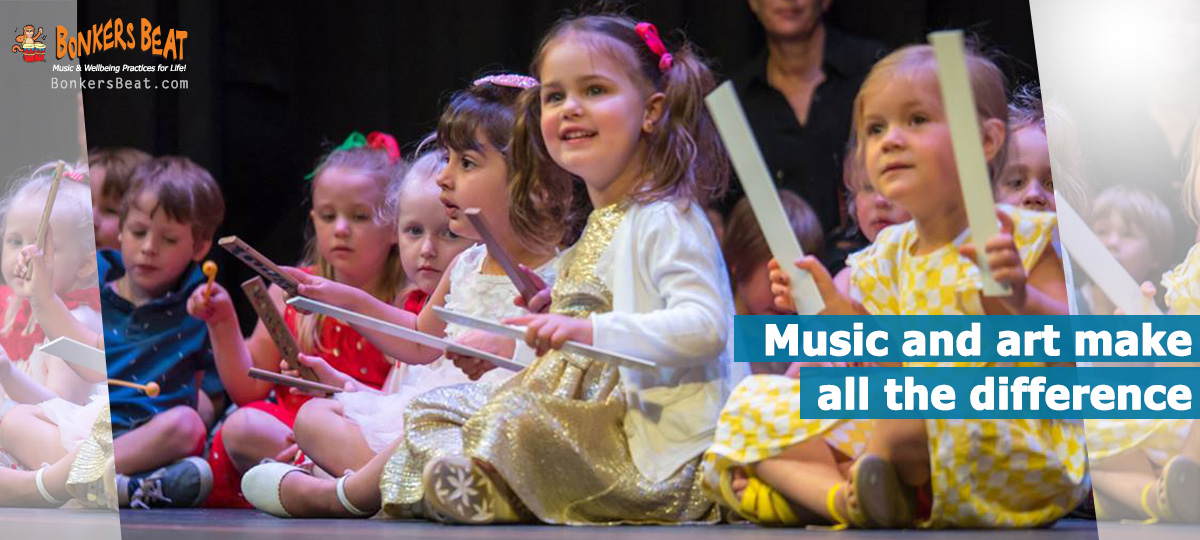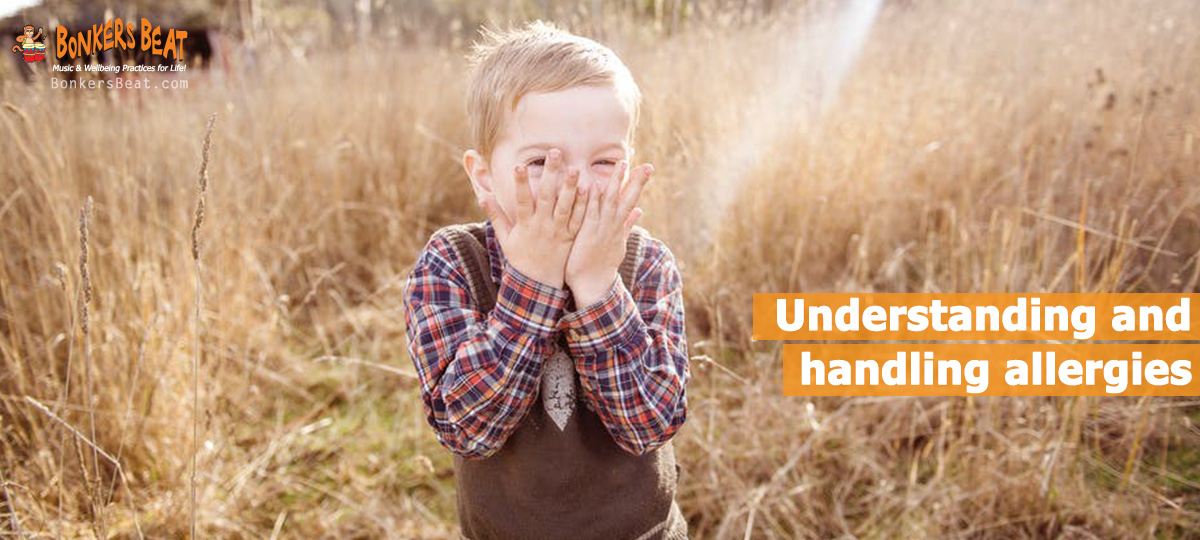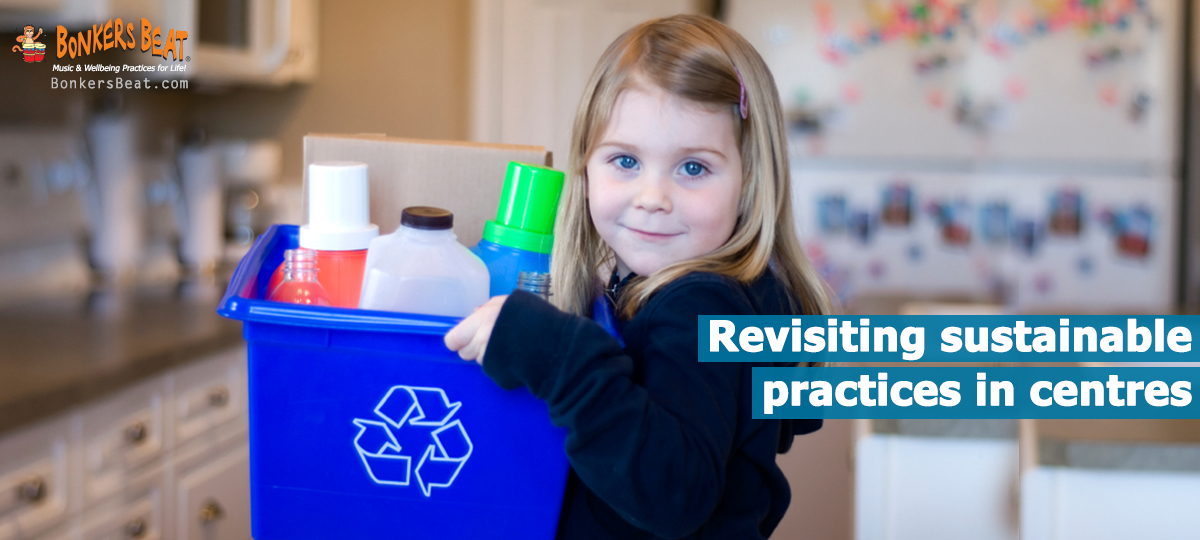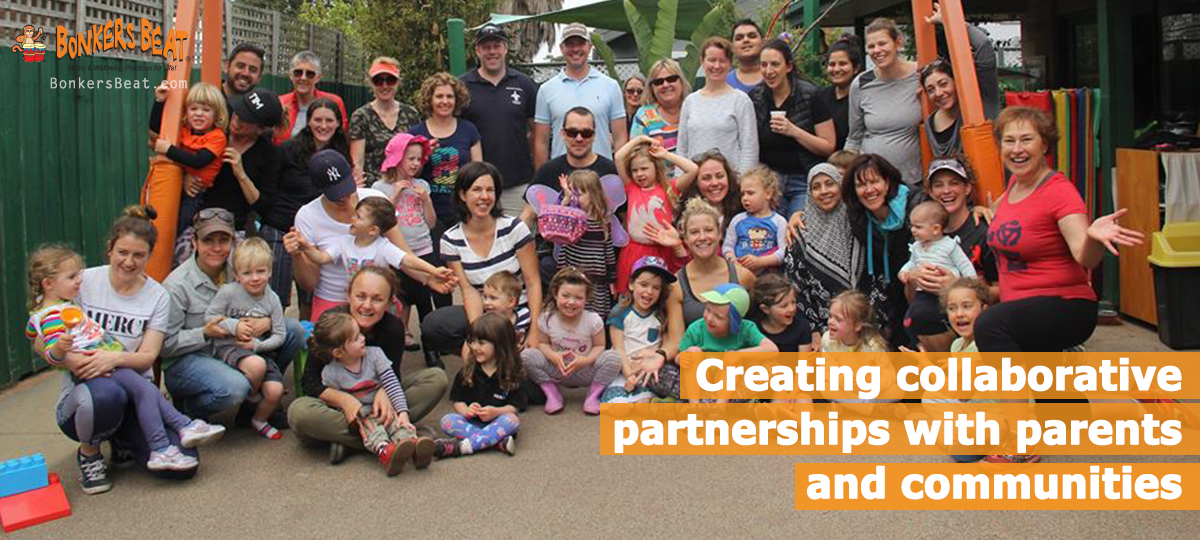We’ve said it before and we will continue to tell the world: the more we share music with children, the better off they will be!
A primary school in Bradford, England was in the news last month because of the incredible turnaround in their children’s results — the key to success? All children get up to six hours of music each week.
Not only did this school find that incorporating more music along with drama and art improved their students’ overall academic outcomes, but it also gave them another outlet and means of discovering a talent or passion. Even school attendance has increased!
The Kodaly Approach
The school said that its methods are based on the Kodaly approach. The Bonkers Beat programs incorporate this same approach. Kodaly is all about using music as a tool for children to learn subconsciously at first.
Musical games and songs about anything and everything can help children to familiarise themselves with themes and ideas in a warm, enjoyable way. Through rhythm and movement, they improve their fine and gross motor skills, literacy and numeracy as well as a range of life skills.
Results that sing for themselves
This primary school in Bradford is just one outstanding example of the power of music for children’s lives and outcomes.
As many of you know, the Bonkers Beat Music Program takes a musically-driven approach to early childhood education. Our results also sing for themselves!
The head teacher of the primary school in Bradford who says music changed everything for them, also said this:
“We had low staff morale, parents not happy with the school, results were poor and nobody wanted to come here, we had budget issues. It’s a downward spiral when you’re there.”
But now he believes that music can transform other schools who are struggling.
Choose success and results
As the end of the year approaches, it is a great time to reflect on what has worked in your centre and what has not worked so well. If you’re ready to get results like this primary school in Bradford has experienced, we can help.
Enquire about the Bonkers Beat Music Program today. This program was carefully created with the goal of helping centres like yours to reach their full potential. And, most importantly, enabling children to become the very best versions of themselves possible.
Click here to discover the magic of music through the Bonkers Beat Music Program.
